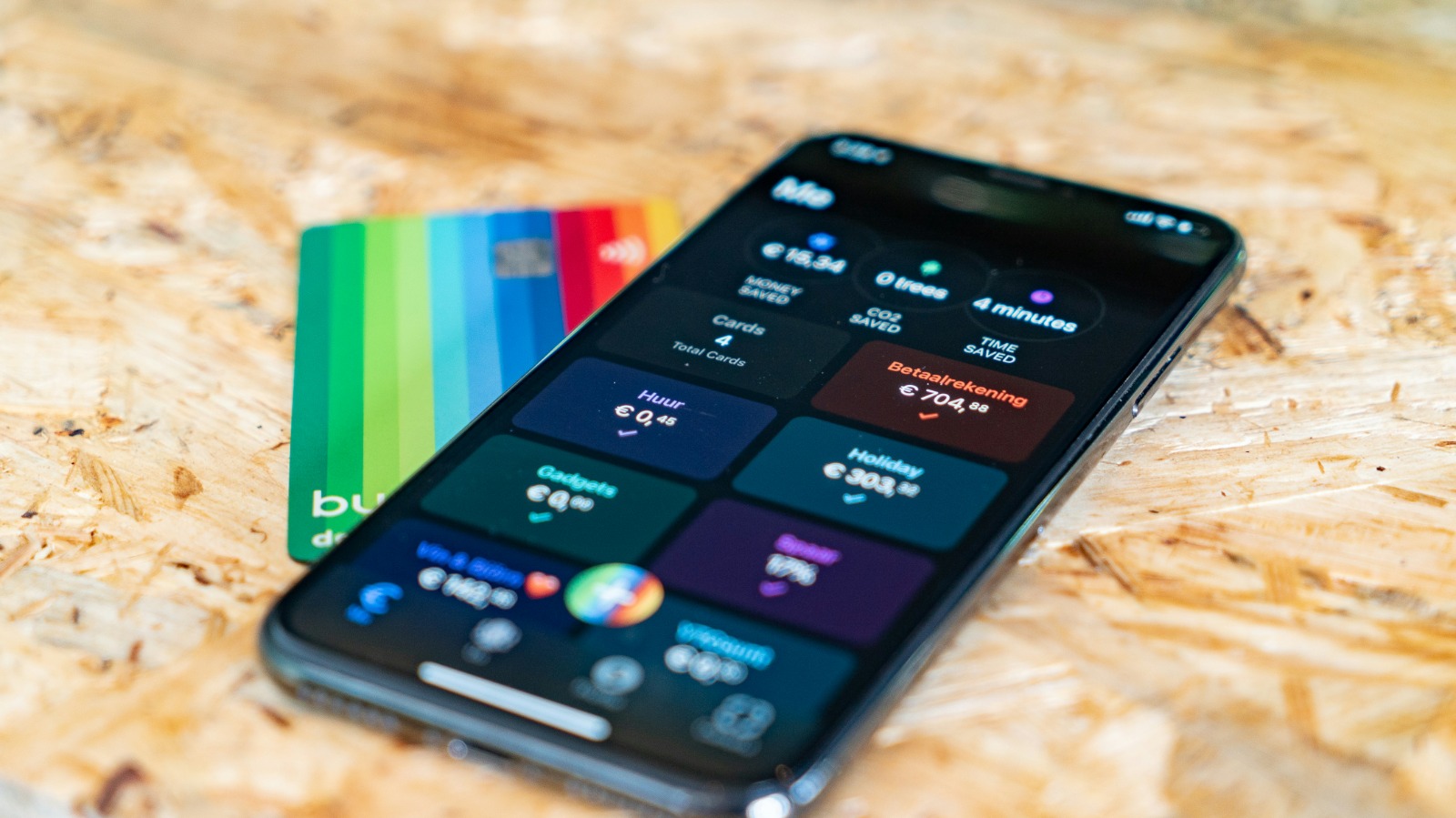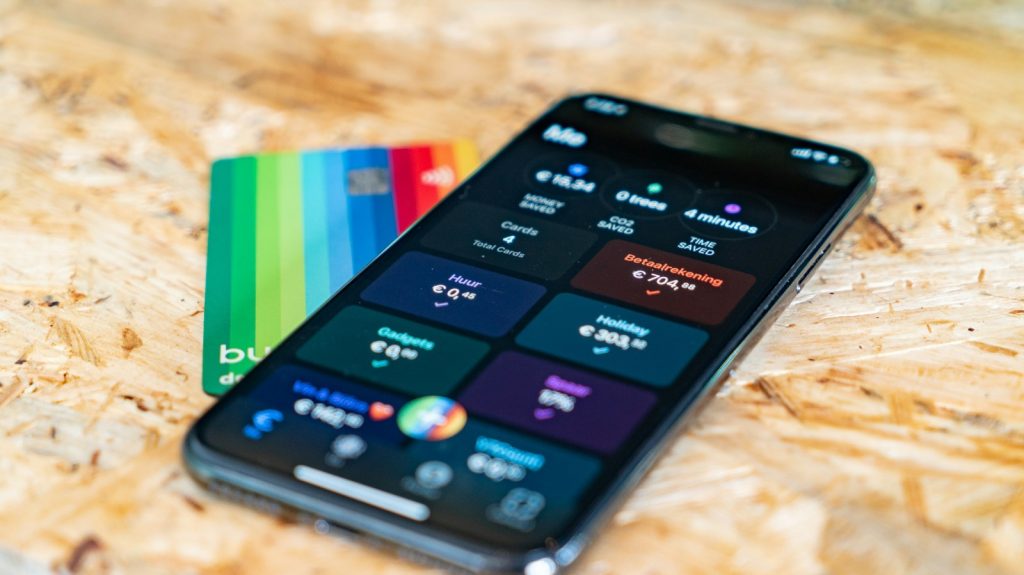
-
July 24, 2024
How Smartphone Financing Is Powering Financial Inclusion in Emerging Markets
From the unbanked to the digitally empowered

Fatima Alvi

How Smartphone Financing Is Powering Financial Inclusion in Emerging Markets
From the unbanked to the digitally empowered
Date: 24/07/2024
The Digital Divide and the Smartphone Opportunity
In many parts of the world — especially across South Asia, Africa, and Latin America — access to smartphones remains a key barrier to digital participation. While internet penetration continues to grow, millions still rely on outdated feature phones, limiting their access to online education, digital jobs, healthcare, and financial services.
In Pakistan alone, more than 59 million users still depend on 2G feature phones, despite over 132 million broadband subscribers nationwide. The inability to afford a smartphone upfront remains a major hurdle — and that’s where smartphone financing models step in.
What Is Smartphone Financing — And Why Does It Matter?
Smartphone financing allows users to purchase devices through installment-based payments, making them more affordable and accessible to the underserved and unbanked. Using technology like device locking controls (DLC) and AI-powered risk scoring, companies can offer low-risk, flexible payment plans without needing traditional credit scores or collateral.
This model is especially effective in emerging markets where formal credit access is limited. It enables people to leapfrog into the digital economy — participating in e-commerce, online education, telemedicine, and mobile banking.
Driving Financial Inclusion with Alternative Credit Scoring
One of the most transformative aspects of this model is alternative credit profiling. Instead of relying on outdated or nonexistent credit histories, fintech companies assess a user’s ability to repay based on behavior data, mobile usage, digital activity, and repayment of small loans or utility bills.
This system is crucial in countries like Pakistan, where over 100 million adults remain unbanked, often due to lack of documentation or formal financial footprints. Smartphone financing not only helps them own a digital device, but also starts building their credit history — opening doors to future financial services like insurance, savings, and business loans.
Empowering Women Through Digital Access
Women are among the most digitally excluded populations in emerging markets. Gender gaps in mobile ownership, internet use, and financial access are often driven by social, cultural, and economic factors. Kistpay programs that offer female-friendly smartphone financing, combined with digital literacy and financial training, can radically shift this dynamic.
Initiatives like women-led helplines, financial literacy workshops, and safe retail access points are proving critical. When women are connected, they are more likely to engage in online entrepreneurship, access telehealth services, and support their families’ education.
The Economic Ripple Effect of Connectivity
The impact of affordable smartphone ownership goes beyond the individual. Studies show that increased mobile and internet access correlates strongly with GDP growth, job creation, and entrepreneurial activity. A connected population means more digital transactions, more gig economy participation, and better service delivery in areas like agriculture, education, and public health.
For example, farmers can receive real-time weather alerts and market prices via apps. Gig workers can access job platforms like FoodPanda, Bykea, or Careem. Students in remote areas can use YouTube and EdTech platforms for learning.
A New Era of Embedded Finance
The future of smartphone financing is closely tied with embedded finance — the integration of financial tools into non-financial apps and services. With just a smartphone, users can now:
- Apply for micro-loans
- Pay utility bills
- Order groceries
- Buy insurance
- Save small amounts via digital wallets
As telcos, banks, fintechs, and OEMs collaborate more closely, we are entering a phase where every smartphone becomes a financial hub — especially for those previously excluded from the system.
Challenges and the Road Ahead
Despite the promise, some barriers remain. These include:
- Digital literacy gaps, especially in rural areas
- Cybersecurity concerns
- Regulatory complexity across different jurisdictions
- Sustainable financing models for high-risk populations
To address this, companies must invest in education, forge multi-sector partnerships, and adapt to local user behavior. Governments, meanwhile, should create enabling environments through supportive policies and open digital ecosystems.
Conclusion: Turning Connectivity into Opportunity
Smartphone financing isn’t just about selling devices — it’s about enabling economic mobility, gender equity, and inclusive development. As more people gain access to affordable smartphones and the services they unlock, we move closer to a world where digital inclusion leads to financial empowerment for all.
For emerging economies like Pakistan, the path to prosperity lies in turning every phone into a tool for growth.
Financial Inclusion – Alternative Credit Scoring – Digital Literacy – Digital Divide – Device Financing

Leave a Reply